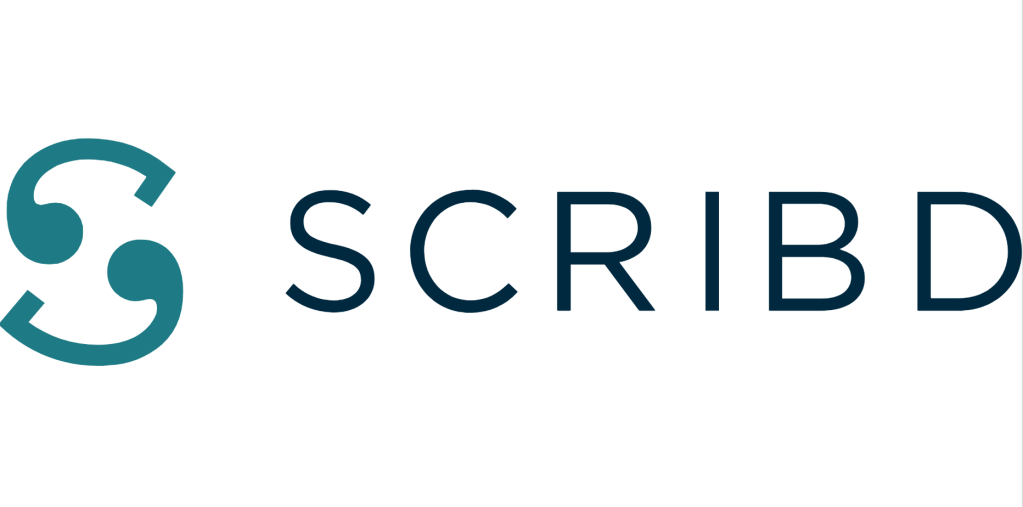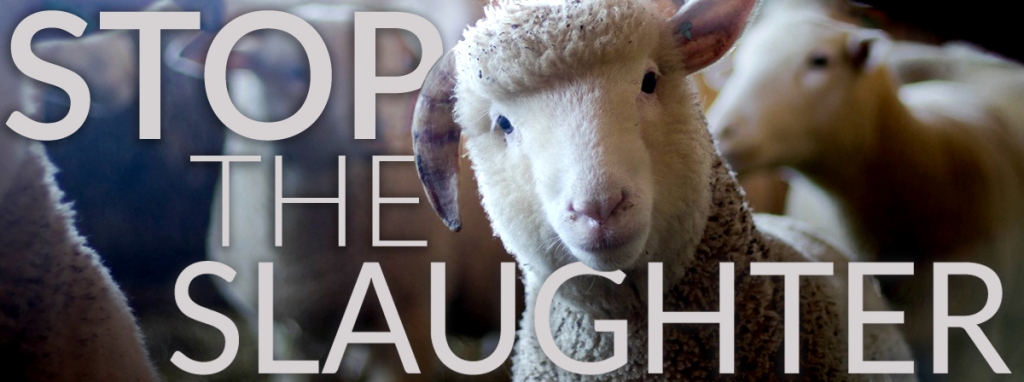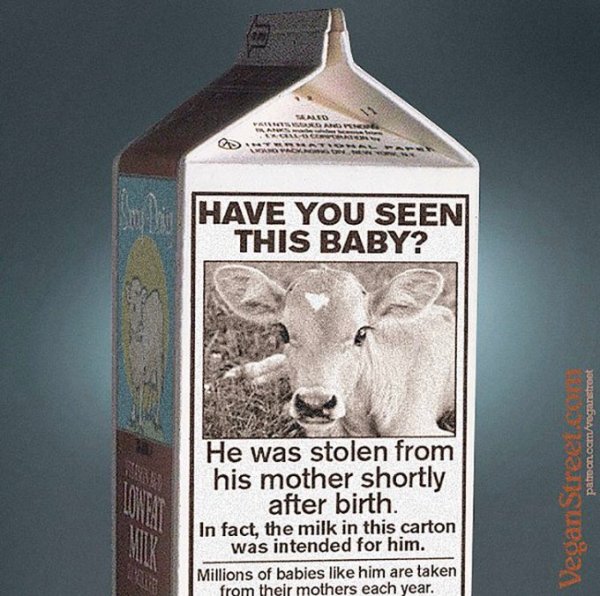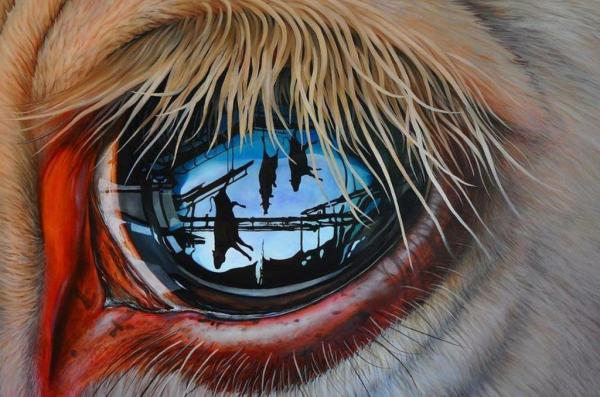Milk Of Human Kindness Denied To Dairy Cows
Source Forbes
By James McWilliams
Recent reports of mothers purchasing tainted breast milk online has sparked a discussion not only about regulating the underground trade in breast milk, but the legitimacy of human “milk sharing” in the first place.
Although considerable evidence shows that breast milk is much healthier than formula, critics of the practice still find donating breast milk to be problematic. As one milk donor summarized a common reaction in a Huffington Post piece: ”Ewww, it’s weird.” The “ick” response only intensifies when the issue involves human adults drinking human breast milk.
Interestingly, few consumers who are offended by the traffic in human breast milk have a problem with drinking milk from cows. Given that drinking the milk of one’s own species provides the most natural source of nutrition known to mammalian life, it’s strange–or perhaps just a testament to the marketing geniuses in the milk industry–that everyday consumers of conventional bovine milk rarely pause to ponder the implications of supping on the stolen secretions of another species.
“Many of us assume that milk is as innocuous a product as an apple,” writes Sherry Colb, Professor of Law and Charles Evans Hughes Scholar at Cornell University School of Law. “We have absorbed this message repeatedly from a very early age.” And as Gary Francione, Distinguished Professor of Law at Rutgers, has famously said, “There is probably more suffering in a glass of milk than a pound of steak.”
Perhaps the most unpleasant fact to consider about cows’ milk destined for human consumption is that it almost certainly required a heifer’s forced impregnation. Female cows are strapped to a rack (common slang often refers to the device as a “rape rack”) and inseminated with semen stored in a massive syringe. There are 9 million dairy cows in the United States. Nearly every one of them suffers immensely from the results of this experience. (Although, as this description suggests, the process itself is no picnic.)
Left to her own devices after giving birth, a mother cow would feed her calf for nine to twelve months (not to mention play with her calf, teach her calf, protect her calf, and nuzzle her calf). But because the cow’s milk has been reserved for human consumption, the calf is forcibly removed from the mother soon (and sometimes immediately) after birth. Mother cows have highly developed emotions. They will bellow for days, pace the spot where they gave birth, and stop eating. Then they’ll produce a season’s worth of milk and be led straight back to the rape rack.
The mother’s offspring, depending on sex, will face one of two fates. Male dairy calves become “veal calves.” Some of them are slaughtered while only a few days old, others within a few months–it all depends on the kind of meat desired by the market. Because of this connection, boycotting veal–a boutique expression of consumer awareness–is a pointless gesture if dairy products aren’t boycotted as well. The female dairy calves, for their part, follow in their mothers’ footsteps. They’re fattened and prepared for impregnation at the age of fourteen months.
The normal lifespan of a female cow is around 20 years old. The typical dairy cow, who goes through several rounds of forced impregnations, experiences a drop in milk production after five years. Dairy farmers cannot survive financially unless heifers are producing milk at maximum capacity. As a result, dairy cows not only routinely develop mastitis, but they enter the gates of the abattoir somewhere between the ages of 5-7. The vast majority of the nation’s cheap hamburger meat comes from the bodies of these “spent” dairy cows.
The cycle described here has nothing to do with scale. It happens on family farms and on factory farms. It’s endemic to the project of forcing one species to produce milk for another. It’s a reality that escapes milk carton narratives and Got Milk billboards. It’s as systematically exploitative as anything humans do.
And it’s certainly a lot weirder than drinking human milk.
It’s Easy To Be Dairy-Free!
Order a FREE vegan kit: http://www.peta.org/living/vegetarian-living/free-vegetarian-starter-kit.aspx
Take PETA’s Cruelty-Free Shopping Guide along with you next time you head to the store! The handy guide will help you find humane products at a glance. Order a FREE copy HERE
Want to do more than go vegan? Help others to do so! Click on the below for nominal, or no, fees to vegan literature that you can use to convince others that veganism is the only compassionate route to being an animal friend.
PETA: http://www.petacatalog.com/catalog/Literature-39-1.html
Action for Animals has a very low price : http://store.afa-online.org/home.php?cat=284
Have questions? Click HERE
if i live to be 109
i will never understand
the cruel and unkind.
there is no way to grasp
that they can say
that is it alright to treat
animals this way.
Karen Lyons Kalmenson













































if i live to be 109
i will never understand
the cruel and unkind.
there is no way to grasp
that they can say
that is it alright to treat
animals this way.
LikeLike
Wonderful, thank you so much, hon.
LikeLike
you are so very welcome and thank you for working so hard for the earthmother’s children 🙂
LikeLike
Excellent poem Karen, and excellent candid article by James McWilliams about both human and bovine milk issues. The 2 1/2 min PETA video with Emily Deschanel gives an informative overview so it is well worth it to watch & share with others. (also not as graphic as so many others I have seen on Big Agri/factory farming)
I find today’s dairy industry completely deplorable for all the reasons outlined which is why I moved from being a long time vegetarian to a fully vegan lifestyle this year. If the general public knew (or cared enough to find out) the full extent of animal cruelty in this greed driven industry they might do the same. But it occurred to me consumers need to also know the litany of human health risks from all milk products.
Beyond the egregious animal cruelty, it seems that many people are unaware of what has compromised the entire milk supply & dairy products consumed today. Some of these things include: pus (from infected & inflamed udders which go untreated) antibiotics, growth hormones and pain killers (routinely included in livestock feed to speed up productivity), unnatural GMOs (genetically modified organisms) in corn & other grains fed to cows which is also an unnatural bovine diet causing digestive disorders for them, preservatives, additives & pesticides have also been measured in cow’s milk, along with traces of numerous types of bacteria from the milk itself or during its collection by machines & storage containers. All of these things have caused extreme allergies (most commonly lactose intolerance) but many serious digestive disorders & reactions we may not know about. For example, BgH & other chemicals found in milk have been implicated in cases of cancer, heart disease, diabetes, arthritis, immune related conditions, migraines, obesity, osteoporosis, acne, skin rashes, ear infections, and has been outlawed elsewhere for these reasons. But why take these risks at all when there are so many HEALTHY vegan alternatives to milk & all dairy products?
The bottom line is that cows’ milk and all milk products are UN-healthy and even unsafe for human consumption, especially for our children, despite what the Milk Marketing Boards tell us. This includes, but is not limited to all types of sour & heavy creams, butter, yogurt, ice cream, cheeses and all powdered forms of milk & milk products used in so many boxed mixes, soups & other convenience dishes on supermarket shelves & used in restaurants.
How good is milk consumption and the dairy industry looking now? I hope more & more people will think about what all those cows & their calves are forced to endure their whole unnatural lives, enslaved by the dairy industry. Or if not for the sake of animals, think about that “ick” factor each and every time dairy ads promote these adulterated products from a an industry with very questionable, unethical practices.
LikeLike
Thank you so much for your insightful and accurate comments, Cat, I greatly appreciate your input and knowledge.
LikeLike